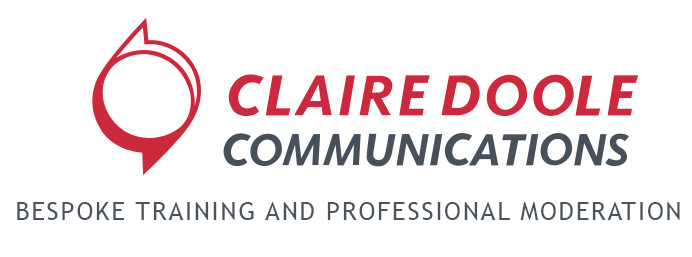What is the first thing you think about when asked to give a presentation or speech?
That is a question I often ask in my presenting and speechwriting workshops.
The answers are often very candid but very wrong. They range from the slides I can recycle from previous presentations to structure and messaging.
You can’t give an impactful presentation or speech until you have worked out who you are talking to. Too many speaking engagements are wasted opportunities because the speaker has not tailored his or her content to the audience. If you give some off-the-shelf presentation, audiences know that you are speaking at them and not to them, and will, often, zone out.
You need to ask yourself three questions:
1. What does my audience know about the topic of my speech?
2. What is their attitude to the topic?
3. How big is the audience, and what is the setting?
Know your audience
The audience will likely be a mix – some know more, others less. In this case, you need to speak so that everyone in the audience understands what you are saying. Albert Einstein once said, “If you can’t explain it simply, you don’t understand it well enough.” It is worth taking the time to do this, as the spoken word must be simple as the audience, unlike the written word, must understand it immediately.
Audience attitude
If you are facing a hostile or skeptical audience, you must select your arguments and supporting evidence carefully. I often advise to connect immediately with this type of audience by addressing the concerns they may have. If you work for an oil company and are addressing environmental activists, you have to have the right level of humility, as you can easily be accused of greenwashing.
However, even with a favorable audience, you should think about what motivates them, what arguments they will find convincing and what are their biggest concerns. Here it is vital to tap into what is in it for them in terms of reward or the risk of not doing something.
Size and setting
If the audience is large and the setting formal, the style of your speech is likely to be more formal and rhetorical. If a smaller audience, particularly if you know them well, your tone should reflect this. In any case, you should think conversational rather than declamatory.
The setting – where the presentation takes place – is important as it may give you a way of connecting with the audience by referring to it. Similarly, assess how important the occasion is, as this will impact the tone and style of your speech.
It may seem like a lot of work, but it will pay off as audiences really appreciate a speaker who realizes that a successful presentation or speech must be audience- centric.

